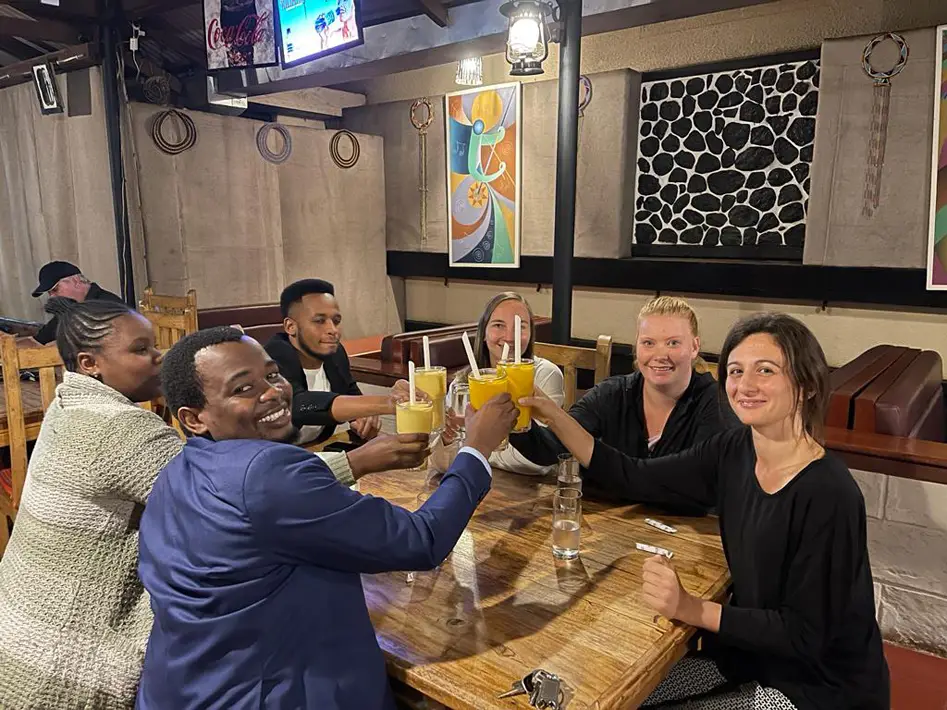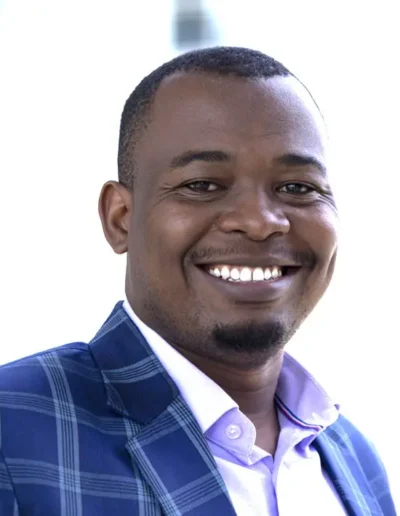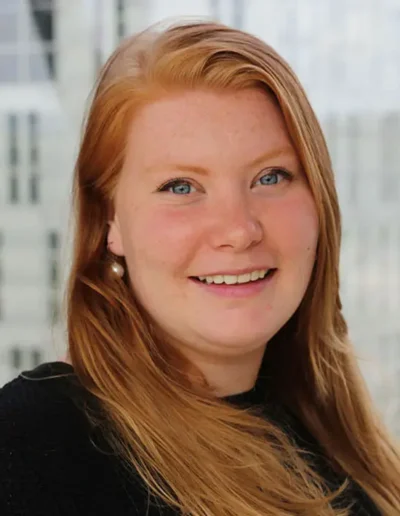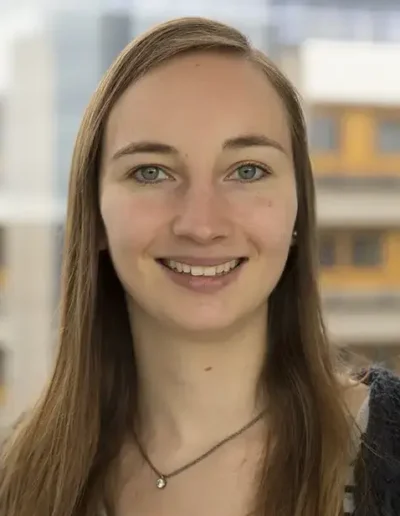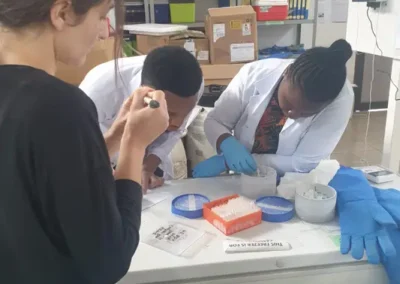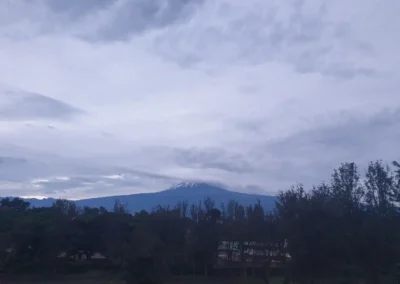REVERSE meets CapTan
REVERSE meets CapTan: Fostering the spirit of collaboration within HypoVax Global
HypoVax Global researchers conduct multiple projects in parallel. There is often overlap in research activities that enable researchers to travel to the field together and thus demonstrating how strong collaboration among members of the hub can be key in achieving goals. Dr. Mariateresa Coppola who leads the REVERSE-Tonsil project had the opportunity to travel to Tanzania with scientists working on the CapTan study. Here we highlight Dr. Coppola’s experiences in the field.
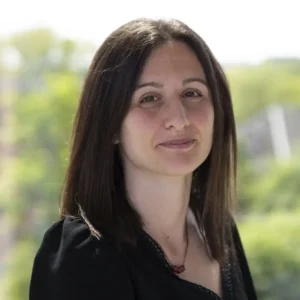 After our flight from Amsterdam, we arrived in Tanzania enthusiastic and ready for the exciting task ahead. After finding our project-essential suitcases in the bustling Kilimanjaro International Airport, we were met by Dr. Jeremia Pyuza. Jeremia is a medical doctor and Leiden University Medical Center Global PhD candidate working at Kilimanjaro Christian Medical Centre (KCMC) in Moshi, Tanzania on the CapTan study. The CapTan study assesses the influence of rural and urban living on yellow fever vaccine responses and is a collaboration between KCMC and LUMC. It is a joint project for two PhD students Jeremia Pyuza (KCMC) and Marloes van Dorst (LUMC) who both run the project along with Marion Konig – a highly skilled lab technician based at the LUMC.
After our flight from Amsterdam, we arrived in Tanzania enthusiastic and ready for the exciting task ahead. After finding our project-essential suitcases in the bustling Kilimanjaro International Airport, we were met by Dr. Jeremia Pyuza. Jeremia is a medical doctor and Leiden University Medical Center Global PhD candidate working at Kilimanjaro Christian Medical Centre (KCMC) in Moshi, Tanzania on the CapTan study. The CapTan study assesses the influence of rural and urban living on yellow fever vaccine responses and is a collaboration between KCMC and LUMC. It is a joint project for two PhD students Jeremia Pyuza (KCMC) and Marloes van Dorst (LUMC) who both run the project along with Marion Konig – a highly skilled lab technician based at the LUMC.
Immune responses to yellow fever in Tanzanians enrolled in the CapTan Study will be compared to those in Dutch participants given the same vaccine in a project run by Dr. Anna Roukens and Dr. Stella Werkman of LUMC. Immunological responses are being assessed and linked to the strength of the response to vaccination to understand which immune pathways are involved in vaccine hyporesponsiveness.
The REVERSE project and CapTan study are entwined by the common aim of wanting to understand the impact of rural-urban settings as well as parasitic infections on the immune system and vaccination responses. While the CapTan evaluates immunological changes in the peripheral blood upon yellow fever vaccination, I am assessing vaccine responses in a tonsil organoid model using tonsils from surgeries in Tanzania and the Netherlands. The tonsils coming from Tanzania originate from urban or rural areas of the Moshi region allowing me to look at vaccine hyporesponsiveness by assessing germinal centre responses. Through collecting peripheral blood and tonsils, REVERSE aims to gain critical information on cell-cell interactions within secondary lymphoid organs so we can model vaccine responses in vitro.
So on my trip to Tanzania, not only did Marloes and Marion travel with me to work on the CapTan study trial, but also to help in the training of two bright and experienced Tanzanian lab scientists, Mwayi Alute and Goodluck Ndossy, for the REVERSE project.
Jeremia welcomed us warmly and made us feel at home. He also put together a fantastic team of lab scientists, ear-nose-throat surgeons, and pathologists, who are all working together to accomplish the goals of our joint projects.
What I learnt from this experience and the team of experts I worked with, was that in order to set up a study with a laboratory component outside of one’s comfort zone, you need to develop a particular skill set that includes being highly organized, goal-oriented, and adaptable.
In less than a day after our arrival, the team prepared the lab, organized freezer space for sample storage and discussed protocols before the first samples arrived. The training was more than just reviewing and curating the technical details of the sterile lab procedures. With the team, we had to brainstorm the best ways to ensure that daily communication would be maintained between all team members in both Moshi and Leiden. After five days of working closely together, seeing how the lab procedures and group communication had become a daily routine was very rewarding. Sadly, we didn’t have time to check whether the cloudy summit of Mount Kilimanjaro had cleared up.
Still, we could share tasty Tanzanian food while samples were spinning in the centrifuge and laugh about different ways of organizing things in the lab that could potentially impact work. For example, do you store vials in a box starting top-left or bottom-right? Most importantly, we built a collaborative partnership grounded on mutual trust and understanding. I left the KCMC, and the committed team, confident of what the future will bring in terms of the findings from our joint efforts as well as further collaborations we may embark on.
